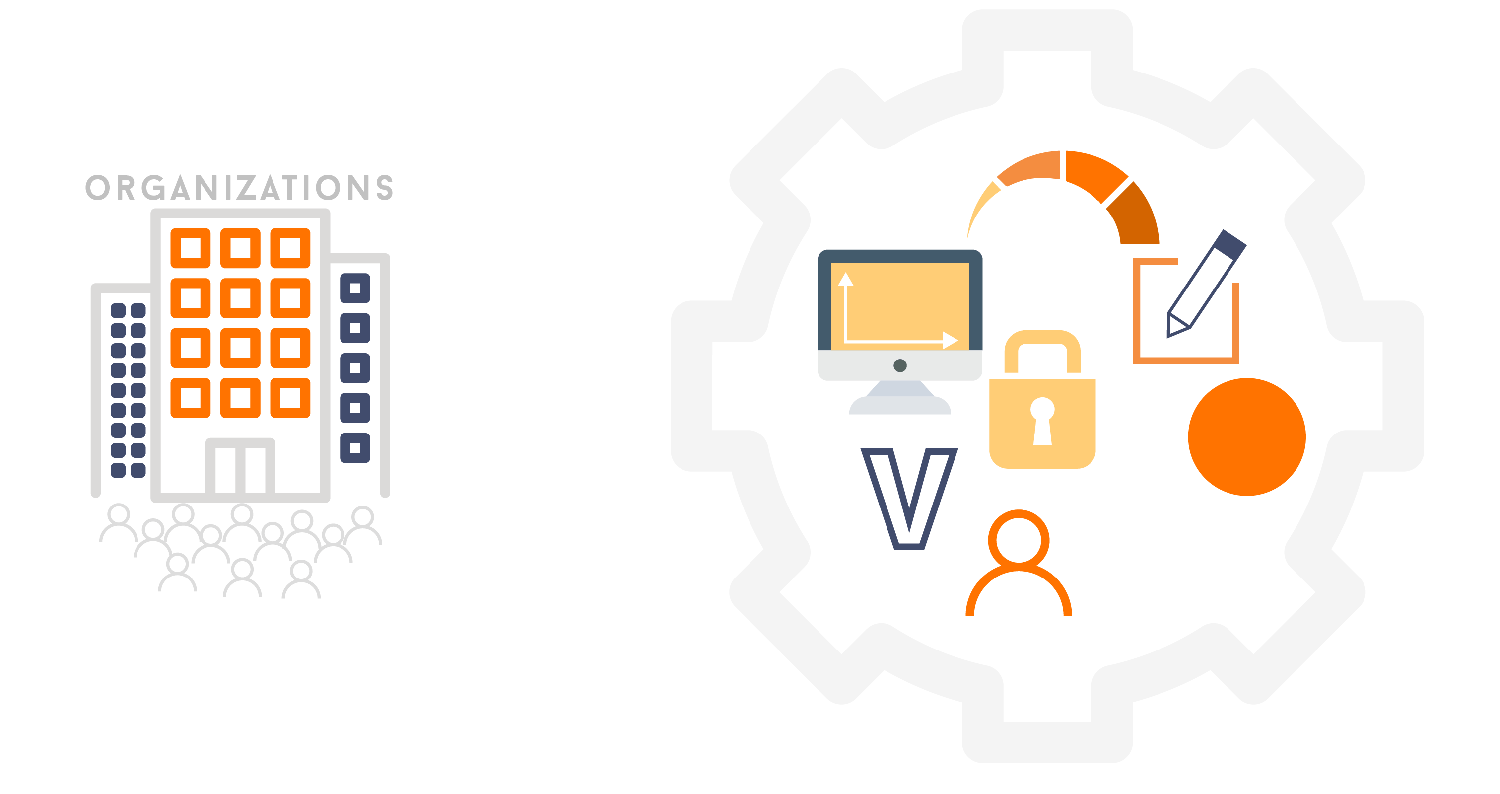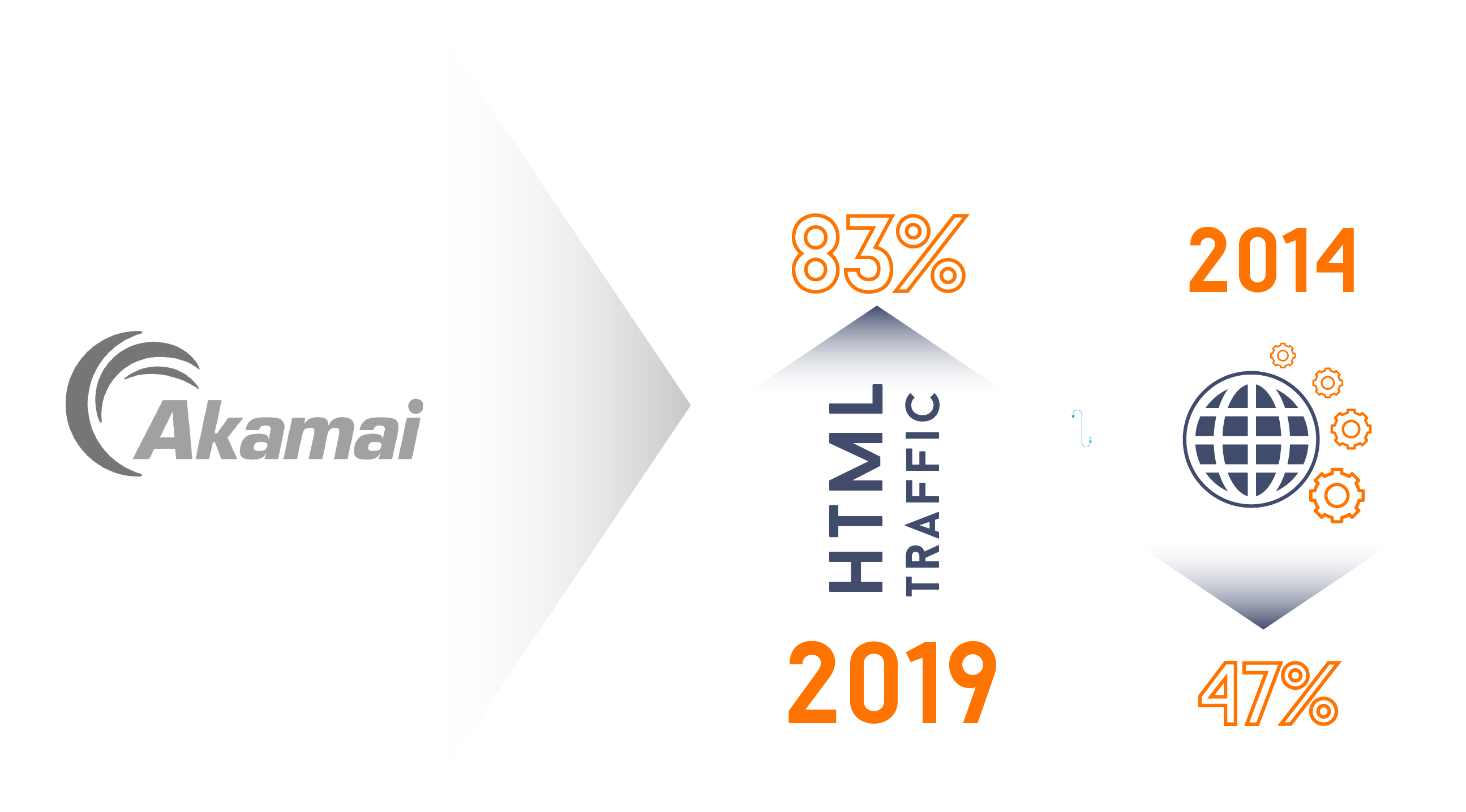What is Full Lifecycle API Management?
An application programming interface (API) is a software implementation that allows two applications to communicate with each other, according to an agreed-upon contract. Exposing these APIs as managed services to external or internal parties is known as API management. Full lifecycle API management focuses on the entire lifetime of an API from the planning stage to its retirement. A full lifecycle API management solution enhances an enterprise’s ability to formulate and execute a better API strategy.
- The Stages in an API’s Lifecycle
-
Why Do We Need Full Lifecycle API Management?
- Acts As A Cornerstone For an Organization’s Digital Transformation Efforts
- A Good API Strategy Requires A Good Full Lifecycle API Management Solution
- Cannot Ignore the Wide Adoption of APIs
- The Need for API Governance in Decentralized API-First Architectures
- The Evolution of API Management Solutions to Cater to Complex User Requirements
- Deployment Options
The Stages in an API’s Lifecycle
An APIs goes through different stages in its lifespan until it is retired. Full lifecycle API management solutions provide the means to manage these stages as well as the transition from one stage to another. The following are the key stages of an API lifecycle.

In addition, there are capabilities—such as rate-limiting, caching, tracking, and analytics—that come with these types of API management solutions.
Why Do We Need Full Lifecycle API Management?
There are several advantages of adopting full lifecycle API management solutions. With the staggering growth of API adoption, managing, monitoring, monetizing, governing, and conforming to API standards has become a tedious process. Let’s look at some key areas that full lifecycle API management comes to the rescue.
Acts As A Cornerstone For an Organization’s Digital Transformation Efforts
APIs enable organizations to build their digital enterprise by providing a convenient way to expose their internal systems to the organization itself or third parties. As things evolve, organizations need ways to monitor the usage of APIs; throttle traffic for certain parties; secure the APIs; and manage APIs by way of creating, updating, removing, and versioning APIs. Building this software in-house is complex and requires technical expertise. In addition, in some instances, you have to comply with periodically changing government regulations when publishing your APIs—not adhering to them is not an option. The Second Payment Services Directive (PSD2) for European banks is an example of this. Full lifecycle API management solutions cater to these requirements by providing built-in capabilities to handle all the aspects related to API management.

A Good API Strategy Requires A Good Full Lifecycle API Management Solution
As API adoption has increased, their usage has spread across all aspects of a business. Procurement services, mobile apps, and user interaction tracking, which provide rich user experiences such as customized recommendation systems and cloud-based services, all run through APIs. There is a need to innovate quickly and adapt to market conditions to win markets. An organization’s API-based IT infrastructure should have the agility to cater to these business requirements. A lifecycle API management solution is key to manage the plethora of APIs in an organization.
Cannot Ignore the Wide Adoption of APIs
According to Akamai, the world's leading content delivery network (CDN) provider, in 2019, 83% of their traffic came through APIs in contrast to HTML traffic. In 2014, API traffic accounted for 47%. This exemplifies the growing adoption of APIs throughout the world.

By adopting APIs, a business can provide better user experience and services to its customers; it can also create opportunities to generate additional revenue by monetizing APIs. Businesses that fall behind will have a lot of catching up to do since companies that provide better digital experiences will capture the majority of market share.
The Need for API Governance in Decentralized API-First Architectures
With the advent of microservices architecture, service implementations have diverted from the centralized governance process to a more agile team-based process. With APIs acting as a façade for these microservices, API governance plays a vital role in decentralized API-first architectures. This is to maintain the standards and proper security controls over decentralized APIs. With a full lifecycle API management solution, you will be able to tightly integrate with specifications and standards such as OpenAPI and OAuth to provide standardized API governance across teams. Moreover, these full lifecycle API management solutions provide RESTful APIs to extend the capabilities of the solution to suit your organization’s API governance policies.
The Evolution of API Management Solutions to Cater to Complex User Requirements
API management solutions are now moving towards solving more complex user requirements and provide significantly better capabilities than in-house built counterparts such as:
- AI-based API security solutions
- Better integration with AI-based API analytics and cloud-native technologies to provide a better omnichannel user experience

Deployment Options
Vendors in the API management market provides different deployment solutions through various products and services. Depending on an organization’s requirements, it can choose one or more of the deployment options mentioned below.
Software as a Service (SaaS)
Even though there is still significant demand for on-premises deployments, more and more vendors provide cloud-based API management solutions as a service. If you are thinking about switching to a cloud-based API management solution, read this buyer guide to API management SaaS solutions.
Hybrid/distributed deployment
Hybrid full lifecycle API management is another area that organizations look for. You can read more about it here. In addition, organizations tend to deploy their middleware layer itself as a hybrid deployment. This is called hybrid integration. You can explore more on the subject with the top ten things to look for in a hybrid integration platform article.
Managed instances
- in a public cloud
- private cluster in a public cloud

This is similar to an on-premises deployment but is deployed and managed by the product vendor. The vendor looks after the infrastructure and provides around-the-clock support and handles product upgrades.
Customer-managed instances in a private cloud or on-premises
This was the only deployment method known before the entry of cloud infrastructure providers. In these deployments, the customer deploys the server, with or without the assistance of the vendor, and receives around-the-clock support for any issues or development-related queries.
